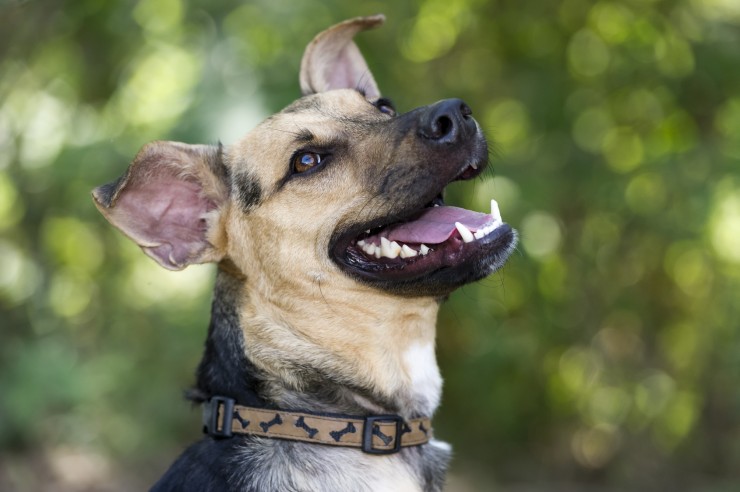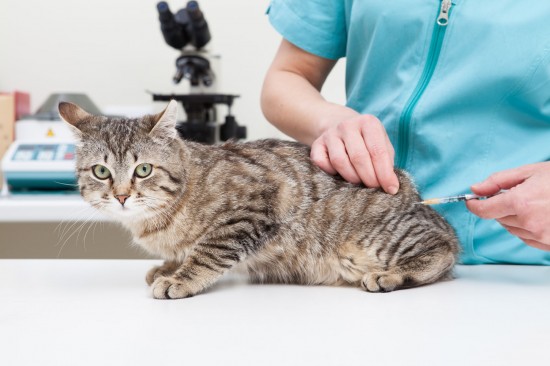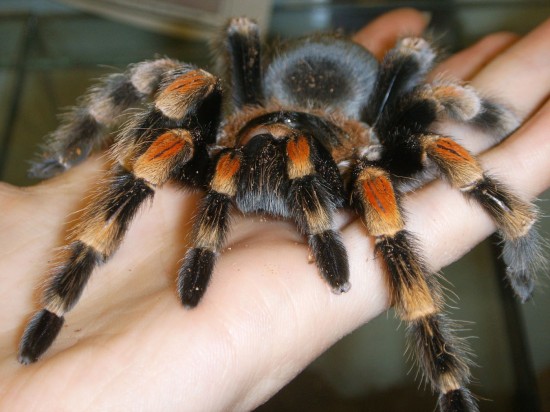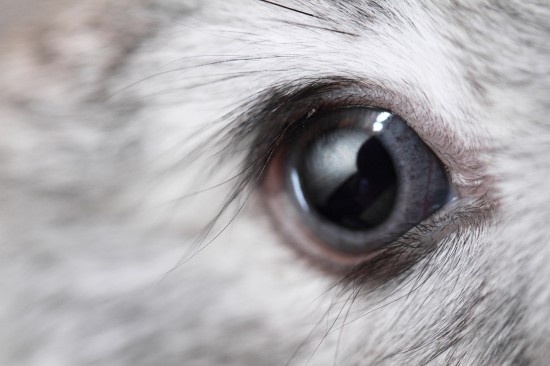

Cosmetic dentistry is big business in the UK, as well as of course in America, and one of the most popular procedures undertaken by people who wish to improve their smile or permanently replace lost or missing teeth is dental implants. Dental implant treatment is considered to be an elective or cosmetic procedure, and so is not available on the NHS, and the cost of just getting one tooth replaced by means of an implant can run to around £2,000 or even more.
While the cost is understandably prohibitive for many people, dental implants can provide a permanent solution to lost or missing teeth, which will survive for the remainder of the patient’s life. Even if you were already aware of dental implants for people, like many elements of human medical and dental advances, dental implant technology is now making its way across into the veterinary world too, and in America, many specialist veterinary dental surgeons now offer dental implant surgeries for dogs.
As this process is becoming more widely known thanks to the internet and word of mouth marketing, dental implants for dogs are also receiving attention and coverage here in the UK, and while to date canine dental implant procedures are not widely offered or carried out in the UK, it is likely that this will all change in the coming years.
In this article, we will look at dental implants for dogs in more detail, what is involved in them, and how they work. Read on to learn more.
A dental implant involves replacing a missing or absent tooth (or more than one tooth) by creating a hardwearing, artificial replacement that is then fitted into the mouth of the dog as a permanent fixture.
In order to achieve this, a titanium screw is inserted into the jaw bone of the dog where the missing tooth belongs, forming a sort of fake root, and then the artificial tooth itself is covered by a ceramic tooth that should be as hardwearing as a real tooth, and have a similar lifespan.
Dental implants may be indicated if the dog has lost so many teeth that they are unable to chew effectively, particularly if the missing teeth are the canines, which are vital for masticating fibre and protein. Dental implants for dogs are functional rather than cosmetic, although they can of course also improve the appearance of your dog’s pearly whites!
Only specialist veterinary dentists have the tools, knowledge and experience to carry out dental implants for dogs, which means that they cannot be carried out as a standard procedure at your local clinic.
Firstly, the clinician will need to take x-rays of your dog’s mouth and jaw, in order to ascertain that the bone and mouth is in good condition and will be able to support the implant. In some cases, bone grafts may be required in order to provide a suitable surface for the screw to be inserted into. Once the jaw has been prepared, the titanium screw that forms the root will be inserted into the jaw under a general anaesthetic. The implant then needs to be left for up to six months to heal, allowing the gums time to accept the screw, and to see if any problems occur. After this, the implant will be covered by the ceramic tooth that will finally be placed.
The sample size of dogs that have received dental implants is relatively small, and so figures are still being collated on their efficacy and success levels. However, reports from the owners of dogs who have had them are generally positive, with the dog soon adjusting to their new teeth, which restores their ability to chew and eat normally.
For most dogs that undergo dental implants, more than one tooth is replaced, and this type of procedure is rarely covered under pet insurance policies, even at the highest level of coverage. The process can be very costly, and it is also worth noting that some dogs may reject the titanium screw, meaning that the process will have to be abandoned. Managing the eating habits of a dog after they have had implants can be challenging too, as the healing wound from the screw in the jaw needs to be kept clean, something that dogs are not great at!
It is also important to weigh up the overall cost of the process compared to the improved quality of life and expected lifespan of the dog; while most people who have dental implants will retain them for decades, due to the shorter lifespan of dogs, the cost per year ratio tends to be that much higher. However, as dental implants for dogs become more mainstream in the future, the cost per procedure is likely to fall.
 Choose The Right Cat Boarding For Special Care and Attention
Choose The Right Cat Boarding For Special Care and Attention
 What Vaccinations Should My Cat Have?
What Vaccinations Should My Cat Have?
 Do We Need Proof That Humans Are Better Than Animals
Do We Need Proof That Humans Are Better Than Animals
 Five Important Questions To Consider If You Are Interested In Keeping A Tarantula
Five Important Questions To Consider If You Are Interested In Keeping A Tarantula
 Rabbits And Their Vision
Rabbits And Their Vision
 10 Breeds Of Dog With Wonderful Black Coats
10 Breeds Of Dog With Wonderful Black Coats
Copyright © 2005-2016 Pet Information All Rights Reserved
Contact us: www162date@outlook.com